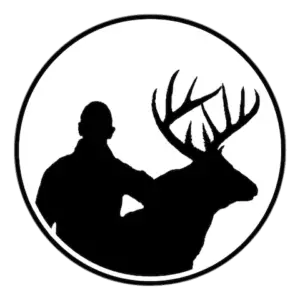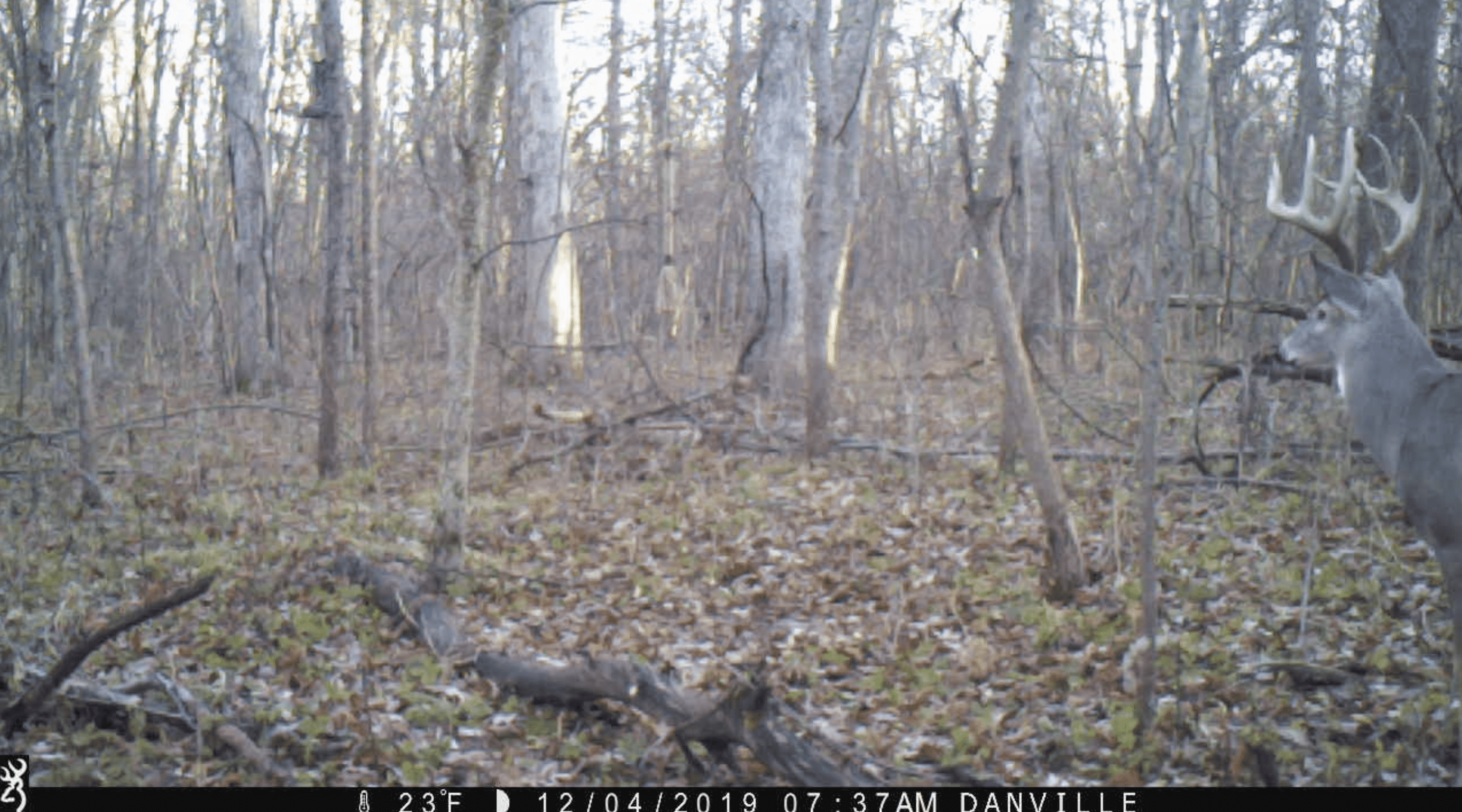Have you ever been told that you need to spend as much time as possible in the stand to increase your odds of killing a deer? Well, that might not actually be true, especially if you are hunting during the late season. So, should you hunt mornings during the late season?
No, morning hunts during the late season (December/January) should be avoided under most circumstances. At this point during the season, most of the deer herd will be settled down in their bedding area before the sun rises in the morning. Therefore, the risk versus reward of hunting mornings is not in the hunter’s favor. Hunters are much more likely to pressure deer and decrease their odds of killing them. Evening hunts provide a much better opportunity at successfully killing deer during the late season and you don’t want to pressure them in the morning and end up ruining an evening hunt.
Evening hunts during the late season have a much better risk versus reward ratio. Highly successful hunters are very tactical and strategic with how they approach the timing, entry/exit, and location of their hunts. If you watch enough hunting videos you will learn that the majority of serious hunters who kill big bucks consistently, rarely hunt mornings during the late season. Most of these hunters will only hunt evenings during the late season. Odds are that you should do the same if you want to achieve their same level of success.
I wrote an article called “Are deer more active at night”. In that article I explain when deer move throughout the day, when the best time to go hunting is, and if deer are more active in the morning or the evening. One of the points I made in this article is that even though studies suggest that deer move most during dawn and dusk, the movement patterns of deer shift throughout the year based on several factors such as weather, the rut, and availability of food sources.
During the late season, the majority of daylight movement happens during the evening hours, not the morning hours. However, that doesn’t mean you should never hunt mornings during the late season. Let me tell you why.
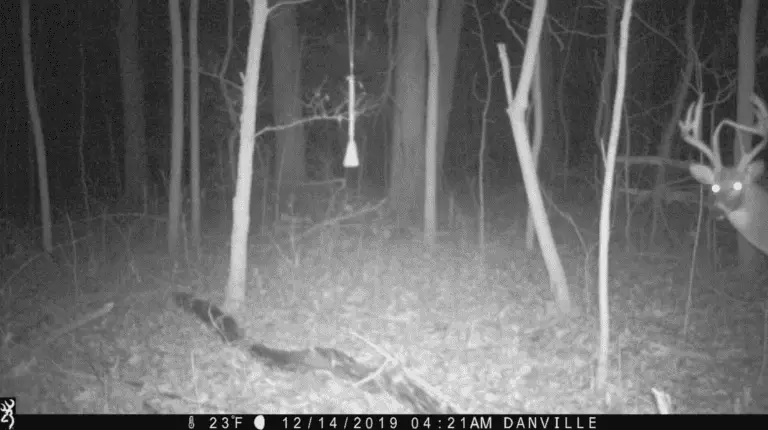
Do bucks move in morning late season
Bucks move at all times of day and night regardless of what time of year it is. Peak movement times are also happening around dawn and dusk throughout the year. So, the answer is yes, bucks move in the morning during the late season. However, the late season comes with cold weather which will shift the movement patterns and activity levels of deer. That shift usually means that bucks are spending the evening and nighttime hours filling their stomachs, and are back in their bedding areas to chew their cud before the sun rises.
Even though late season evening hunts average higher odds of success, that doesn’t mean you shouldn’t hunt mornings. Some properties are setup well for deer hunting which make it easier to hunt bucks in the morning without educating them. Click the link to learn more about how to set up a property for deer hunting. If you believe you have a buck located and know where he is bedding, and you can hunt that buck without educating him of your human pressure then you should try to kill that buck. He will move around a little bit in daylight, but don’t expect him to walk very far. Perhaps a few hundred yards or so is what you should expect.
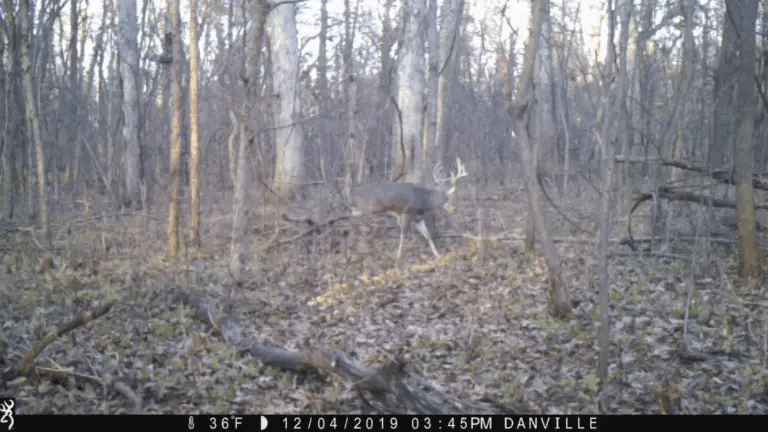
Where do bucks go in late season
During the late season, bucks are going to be where the food is. At this time of year, bucks are recovering from the rut. They are eating as much as they can to restore their health and get their body weights back to normal. Bucks want to conserve energy as much as possible. Therefore, they will bed in the safest areas they can find within close proximity of preferred food sources. Ideally, these bedding locations will provide thermal cover which will help deer use less energy to keep themselves warm. During the late season bucks are looking for food that is high in carbs and fats. So, if you want to find bucks or attract them to your land during late season, plant foods like corn or soybeans.
How do you hunt mornings during the late season
If you plan to hunt mornings during the late season, make sure you have a solid game-plan before doing so. You need to be able to enter and exit your treestand without spooking deer so stay away from areas where deer might still be feeding. You should focus your hunting setups in bedding areas, not necessarily over food plots. Assume that a buck will already be is in his bed before daylight, so try to get as close to him as you can without spooking him. If you can get within 100 yards from where he might be bedded without spooking him, you are doing great.
Approach your stand quietly and try to hunt on windy days to cover up any noise you make accessing the stand and getting into it. Always play the wind because your hunt will be over as soon as a buck smells you. You should try to get to your stand without a flashlight if possible. If you can get to your stand with the help of moonlight only, that’s ideal. If you need a light to get to your stand, you may be better off getting into the stand when the sun is starting to come up. I don’t believe that bucks can’t see a red or green flashlight. Their eyes have a far better ability to detect light than humans do which is one of the reasons they are a nocturnal creature.
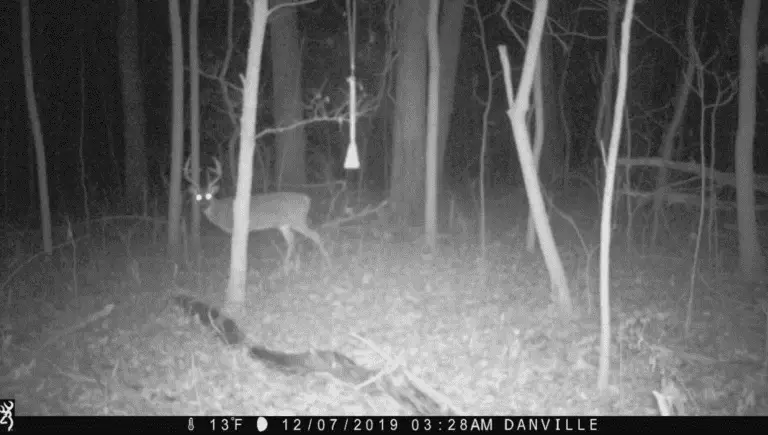
Conclusion
More often than not, you shouldn’t hunt mornings. However, if you have reason to believe that a buck is bedding in a specific area, you might want to take advantage of that opportunity. However, you should only do so if you are able to access your stand and hunt that buck in the morning without educating him or any other deer in the herd. If you can’t do that, you are better off hunting that buck in the evening and trying to catch him moving between his bedding area and food source. Bucks are always going to be in close proximity to food during the late season because they need to consume a lot of calories in order to survive recover from the rut. Hunt smart and be patient to make your move when the time is right. Sometimes it pays to sleep in and not hunt mornings so that your evening hunts are that much better.
